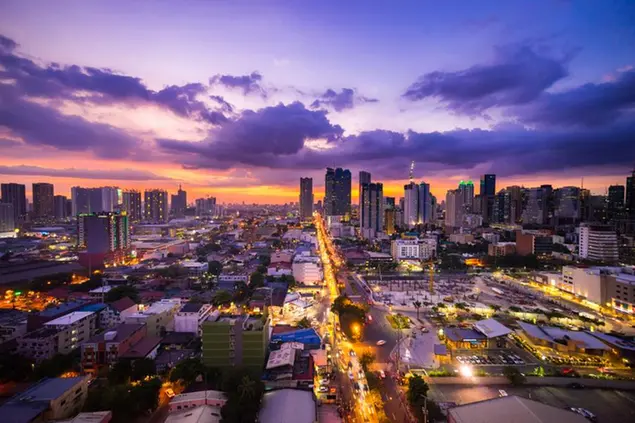PHOTO
Bohol is not just a destination. It is the country's only United Nations Educational, Scientific and Cultural Organization (UNESCO)-inscribed global geopark.
So it is not surprising that it was hailed as Department of Tourism's "Destination of the Year" in 2003.
The Bohol Global Geopark experience is an intricately amazing tapestry of wonderful geological formations and awe-inspiring natural wonders that shaped its rich culture with a profusion of heritage sites. From the Philippine tarsier and the Chocolate Hills, to cataracts and cavern systems, as well as beautifully restored churches, Bohol's many sights and stopovers makes it a hideaway that should be in any traveler's bucket list.
The Nuestra Señora de la Luz Parish, otherwise known as the Lady of Light Church, is a Roman Catholic edifice in the municipality of Loon. The parish was established by the Jesuits in 1753 and the original stone church, which collapsed to the ground during the 2013 earthquake, was built from 1855 through 1864. The restoration of the church very closely to its original structure is truly a magnificent collaborative feat.
Considered the second oldest church in the Philippines, as well as a National Cultural Treasure, the Baclayon Church was established in the late 16th century and became a parish only in 1717. Constructed out of coral stones, the church has two facades: an inner one that was classically inspired and an outer one built in the 19th century by the Recollects. Adjacent to the church is the old convent and a museum with centuries-old relics, artifacts, and other antiques. Recently, the outer facade was restored after a 7.2 magnitude earthquake destroyed it in 2013.
"Bohol churches were declared a big part of UNESCO Heritage Sites because of its use of coral stones in its structures. The Jesuits first organised the churches as missionaries. Years later, the Augustinians created forts (stone structures) using coral blocks; while the timber required to fiinsh the church buildings were required from the new Catholic converts," informed our tour guide Emmylou Noel.
"The Maribojoc and Loon shorelines receded four meters to create ten kilometers of new land, after the quake," she added.
The Loon Uplifted Marine Terrace is one of the shoreline areas uplifted during the earthquake of Oct. 15, 2013 and is presently called the Loon Coastal Geophormic Conservation Park. Covering an area of 417 hectares, the former intertidal zone, where the tide sometimes submerges or exposes, is now an uplifted terrace and completely on dry land. It was raised approximately 1.5 meters vertically, with the shoreline shifting some 50 meters seaward.
Right after the earthquake, the former barren land is now teeming with sea purslane, a creeping succulent seagrass plant of the family Aizoaceae, that covers the land with a mat of red and orange hue during sunny days and with a luxurious shade of green during rainy days. The locals call the area as Coral Garden, a popular new destination for tourists and residents alike.
The Inang-angan or Coral Staircase are rungs of coral stones connecting the old town of Loon with the new. The stone staircase is composed of more than 200 steps. The National Museum of the Philippines funded its restoration.
Our visit to some of the restored churches and river cruises on the Loboc and Abatan rivers were all organised by the GoPanglao Travel and Tours group. Founded by Stephen Bjorn Cordova, the travel agency has discovered new routes and destinations in and around the province of Bohol, to cater not just to the young breed of travelers, but also to the most jaded sojourner.
The provincial government's thrust now is toward conservation in order to maintain the UNESCO inscription.
Copyright © 2022 PhilSTAR Daily, Inc Provided by SyndiGate Media Inc. (Syndigate.info).
